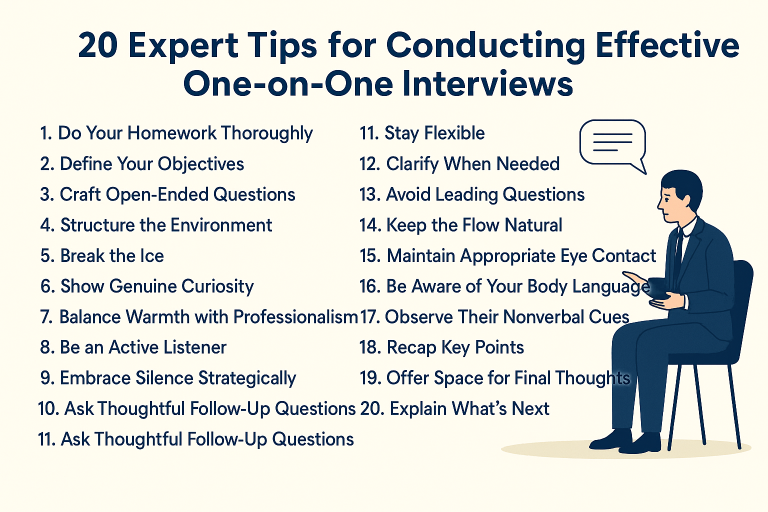For students, exams are the fairest form of assessment. In the workplace, performance evaluations are essential to distinguish contributions and determine income. However, marketing is notoriously difficult to assess.
Unlike finance, HR, production, or QA, marketing directly or indirectly connects with customers, making it partially similar to sales. Yet, like R&D or product teams, marketers are often removed from the actual sales process.
Many marketing departments also shoulder responsibilities like brand building, communicating corporate vision and values, and promoting new technologies. These long-term tasks are essential but hard to quantify.
Some teams lack performance evaluations entirely, resulting in low perceived value. Others use strictly numerical criteria—like opportunities generated—aligning them too closely with sales but without matching compensation.
Marketing Compensation Structure
Modern tools allow better measurement of marketing ROI. Some companies link marketing to growth using martech systems, tracking every step from lead to deal.
In practice, marketers’ income includes:
Total income = Base salary + Performance bonus + Commission + Project bonus
Each component’s weight depends on company size, maturity, and team structure.
Key Performance Indicators (KPIs)
Rather than obsessing over whether to use KPIs or OKRs, companies should focus on what they assess:
Performance = Company performance + Project completion/ROI + Creativity (quality and quantity)
- Company performance: Align marketing goals with company-wide revenue targets.
- Completion metrics: Track deliverables like content published, campaigns executed.
- Effectiveness: Measure downloads, event engagement, and lead generation.
- ROI: Evaluate cost-effectiveness of activities like SEM, events, and content.
- Creativity: Assess idea generation and peer recognition across teams.
Solely relying on ROI is lazy and discourages creativity—one of marketing’s greatest assets.
Marketing Leadership Evaluation
A CMO should be accountable for both short-term growth and long-term brand equity. Assess them on:
- Strategic insight (market trends, partnerships, expansion suggestions)
- Execution (campaigns, demand generation, messaging consistency)
- Budgeting (ROI, industry benchmarks, year-on-year comparison)
- Team management (recruitment, training, cross-team influence)
Functional Metrics by Role
Breakdown for each marketing function:
- Product Marketing:
- Qualitative: Feedback from sales, partners
- Quantitative: Assets produced, leads from new product campaigns
- Brand & PR:
- Qualitative: Internal perception
- Quantitative: Media coverage, engagement metrics, brand search volume
- Events:
- Qualitative: Feedback from sales and attendees
- Quantitative: Attendance, lead quality, event ROI
- Digital Marketing:
- Qualitative: Tool adoption, internal feedback
- Quantitative: Leads, MQLs, conversion rates, ROI
Why Creative Metrics Matter
Brand building requires long-term investment, creativity, and consistency—not just spending. Encourage monthly idea-sharing across departments and evaluate brand teams on influence, not just clicks.
Establishing a cross-functional brand committee led by senior executives can elevate marketing’s strategic value.
Conclusion
There’s no one-size-fits-all answer to marketing evaluation. The key lies in a balanced approach that includes both quantitative results and qualitative creativity. When marketing becomes a source of inspiration and innovation across the company, its value is fully realized.



